Light activation of the plant circadian clock
Recently, researchers from Biotechnology Research Institute (BRI) of Chinese Academy of Agricultural Sciences (CAAS), in collaboration with South China Agricultural University, reported their research results in a paper entitled “Transcription factors FHY3 and FAR1 regulate light-induced CIRCADIAN CLOCK ASSOCIATED1 gene expression in Arabidopsis” published in the international journal “The Plant Cell”.
Plants use an endogenous time-keeping mechanism named circadian clock to measure daily and seasonal changes in their environments and adjust their physiology and development accordingly. In the model plant species Arabidopsis thaliana, the central oscillator of the clock is composed of multiplexed transcriptional feedback loops, in which two morning-phased transcription factors, CCA1 and LHY act as two key components of the central oscillator. They can trigger and set the phase of various clock-regulated activities through regulating expression of other clock associated genes. Light acts as a key environment signal to set and activate the clock. It has been shown long time ago that the expression of both CCA1 and LHY is induced by light signal, however, the underlying molecular mechanism of their light activation remains unknown.
In this study, researchers found that two phytochrome signal transducers, FHY3 and FAR1, are required for light induction of CCA1 expression. Specifically, light promotes FHY3 and FAR1 protein accumulation and that they bind directly to the promoter of CCA1 and activate its expression. Notably, a light signaling repressor PIF5 and the evening expressed TOC1 protein act to repress CCA1 expression. Moreover, PIF5 and TOC1 can physically interact with FHY3 and FAR1, thereby repressing their transcriptional activation activity on CCA1. Under diurnal cycle conditions, the high levels of FHY3 and FAR1 and low levels of PIF5 and TOC1 at end of the evening contribute to the peak expression of CCA1 before dawn. The findings reveal that the environmental light signals integrate with the internal clock itself to coordinately regulate clock activity and clock resetting in response to daily light changes in the ambient environments, which in the future may facilitate breeding of crops with more broad regional adaptability, high yield and better quality.
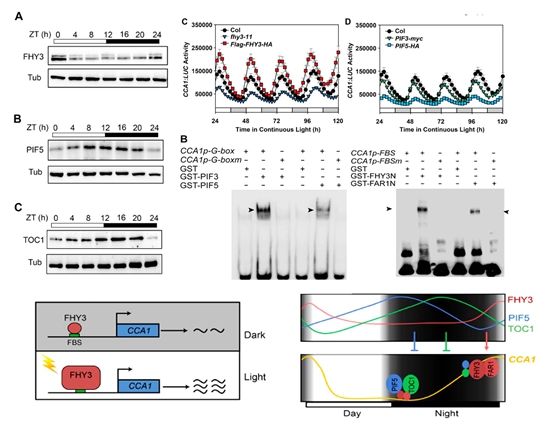
Figure: FHY3 mediates light induction of CCA1 expression and that the activating activity of FHY3/FAR1 on CCA1 expression is antagonistically regulated by TOC1 and PIF5.
Dr. Yang Liu and Dr. Mengdi Ma, from the Innovation Team of Maize Functional Genomics of BRI, are the co-first authors of this research paper. Professor Haiyang Wang (South China Agricultural University) is the corresponding author. This research was funded by National Natural Science Foundation of China (31430008, 31500239, 31570285), China Postdoctoral Science Foundation (2014M560142) and the Agricultural Science and Technology Innovation Program of CAAS.
By Liu Yang (liuyang06@caas.cn)
-
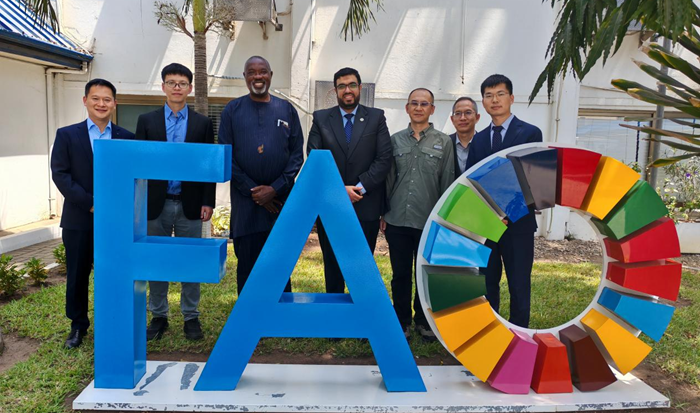 Mar 21, 2025Experts from IPPCAAS Implement FAO-China South-South Cooperation Project to Advance Sustainable Fall Armyworm Management in Ghana
Mar 21, 2025Experts from IPPCAAS Implement FAO-China South-South Cooperation Project to Advance Sustainable Fall Armyworm Management in Ghana -
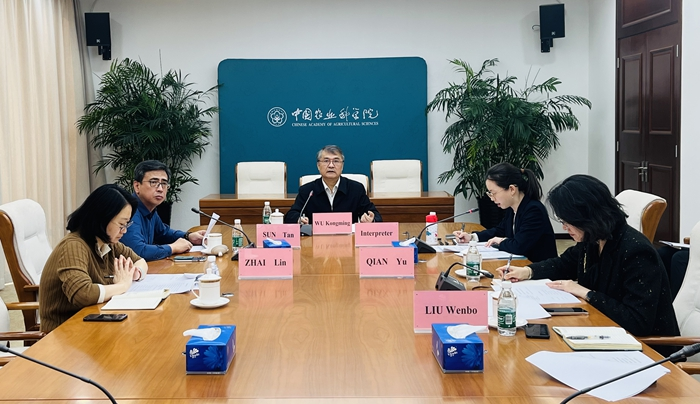 Mar 13, 2025CAAS and CGIAR Deepen Strategic Cooperation
Mar 13, 2025CAAS and CGIAR Deepen Strategic Cooperation -
 Mar 11, 2025Call for Logo Design Proposals for the China-Africa Agricultural Science and Technology Innovation Alliance (CAASTIA)
Mar 11, 2025Call for Logo Design Proposals for the China-Africa Agricultural Science and Technology Innovation Alliance (CAASTIA) -
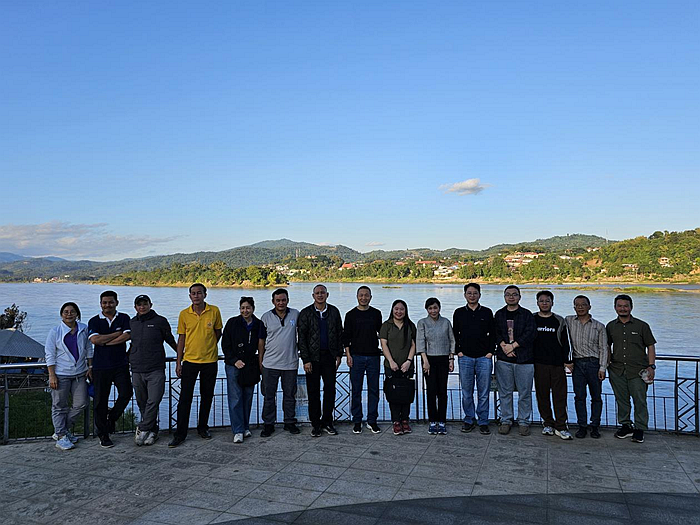 Jan 21, 2025IAED-CAAS Delegation Visits Thailand for Scientific Cooperation
Jan 21, 2025IAED-CAAS Delegation Visits Thailand for Scientific Cooperation -
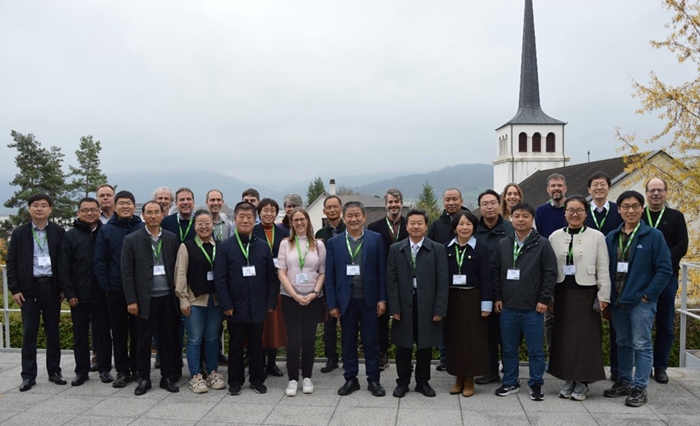 Dec 05, 2024China-CABI Project Development Workshop Held in Delémont, Switzerland
Dec 05, 2024China-CABI Project Development Workshop Held in Delémont, Switzerland
